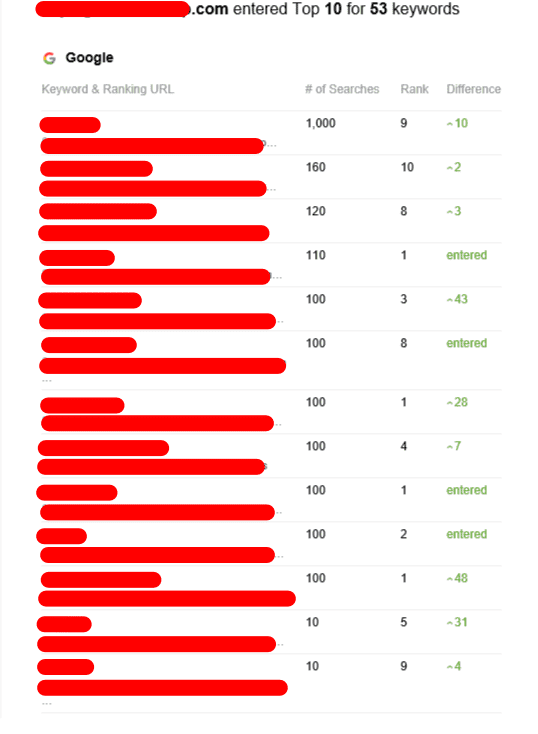The Ultimate Glossary On Terms About Backlink Tier

Tiered Link Building - How to Avoid a Google Penalty
Tiered link building can be a powerful tool to aid websites in improving their search engine rankings. However it should be utilized in a manner that is safe. Otherwise, it could lead to an Google penalty.
Tiered link building consists of using multiple levels of backlinks in order to boost the page's rank. This strategy is used by a variety of SEO experts and link building agencies.
First-tier links
Tiered link building is a powerful SEO technique that can increase your search engine ranking. But, it's crucial to understand how to use tiered links properly to avoid penalties from Google. The use of tiers in your backlink pyramid is one method to accomplish this. You can also apply other SEO tactics, such as cutting down on niches or broken link building.
In a tiered strategy the first tier should consist of high-quality links with a higher PageRank and domain authority than your own. This will give you a greater chance of ranking over the long term. Links from low-quality sites could hurt your rankings and raise Google's red warnings. Avoid linking from sites that aren't related to yours or ones that only offer links.
Another way to get your first tier is using forum comments and wikis that have lots of content created by users. This is a great way to get high-quality links that are relevant and contextual. It is important to be aware that these links may not have the same amount of link juice.
You can also make use of an online resource such as HARO to get a list of subjects that reporters are seeking information on. This is a great method to get your first tier links in a natural way and without breaking any rules. Make sure to only link to trusted sites that are related to your business.
Second-tier links
SEO companies and site owners utilize tier link development to improve their rankings on search engines. However, it is a risky strategy that can lead to Google penalties. Tiered links are basically backlinks from third-party websites that give authority to your website. These backlinks can be used to transmit link value to your primary web pages to help them be more prominent in search engine results. This is a time-consuming process and expensive. It can also be challenging to get to the tipping point in search engine rankings.
Tier two links are generally less effective than those in the top tier however they can be helpful to increase the authority of your domain and improve organic rankings. Moreover, they can even make Tier 1 backlinks more effective by reinforcing their value. Tier 2 backlinks are dofollow or nofollow, however dofollow is the most important.
There are a variety of ways to create Tier 2 links, such as guest posting and citations within niche-based articles. You can also create links by using link roundups or directories of articles. Regardless of which method you decide to use, it is crucial to ensure that the URLs used to link to are relevant to the context. Moreover, you should avoid using low-quality backlinks, that could be considered spam by Google. This is due to the fact that such strategies can quickly become a black hat strategy, which will be penalized by Google.
Third-tier links
Link building on an tier system is an effective SEO tool that will help improve the ranking of websites on results pages of search engines. But it can also be risky if used improperly. If Google detects that you're using tiered links, it could penalize your site or remove it from the search engine altogether. Fortunately, there are ways to avoid this fate.
In the third tier, things get messy. Marketers employ third-party tools in order to build backlinks that are large-scale. They can be blog posts, directories of low-quality as well as bookmarking sites, wikis as well as other content that is created by users. The purpose behind these backlinks is to increase the authority and PageRank of your first-tier links.
These links can be traced to their source and are a bit more risky than organic ones. They're also not as effective at boosting PageRank. Google's algorithm has become more sophisticated, and low-quality (even nofollow) links are losing their value.
Marketers should be careful when creating third-tier links to avoid problems. They should only utilize reputable third-party services that have good track record. It is also recommended to avoid using any tools that automate their work as they could cause issues. Google could punish you if it discovers automated tools. This could have a dramatic impact on your rankings. It is essential to choose an SEO agency that has experience with tiered link development.

Fourth-tier links
Tiered link building entails the creation of an pyramid. This method assists in passing link juice on websites with high authority to lower-authority sites, which can then rank for certain keywords. This technique can be effective in boosting website traffic and ranking over time. It is crucial to keep in mind that using tiered links on your entire website or on a single page is risky.
The best way to avoid this is to make sure that your tier-2 links come from diverse sources. Google may penalize your website if your tier-2 links are all from the same source. Avoid linking to spammy sites, as they will damage your website's reputation.
Tier 2 links can be obtained through paid ads and by submitting high-quality content trustworthy websites. Another option is to submit an article to HARO (Help a Reporter Out). This service sends out emails to journalists on a variety of topics, and you can provide the information journalists require for their article.
However this method of link building is not a long-term strategy. Google's algorithm is continuously updated and it is becoming increasingly difficult to build links from low-quality sources. Additionally the search engines are more adept at detecting the presence of automated. In the end, it is possible that tiered link building will eventually cease.
